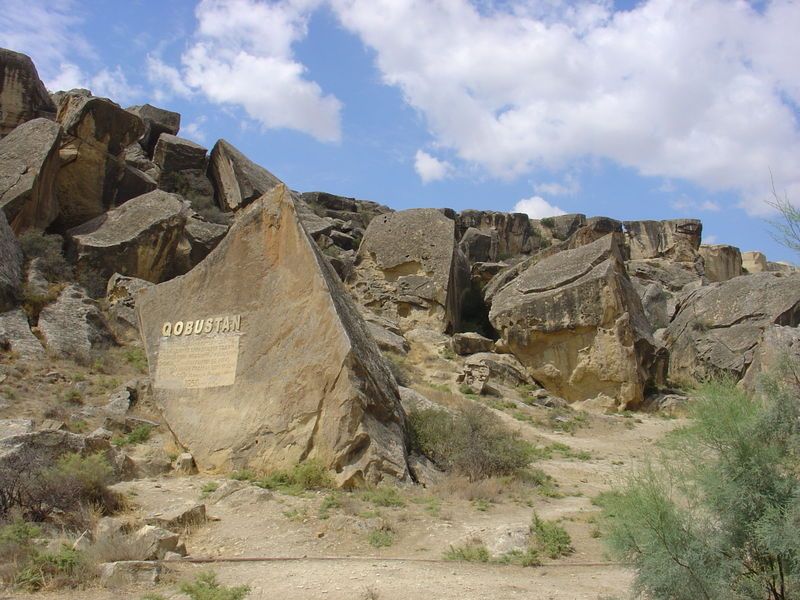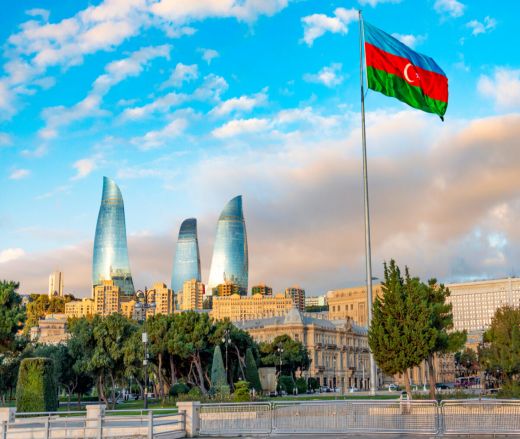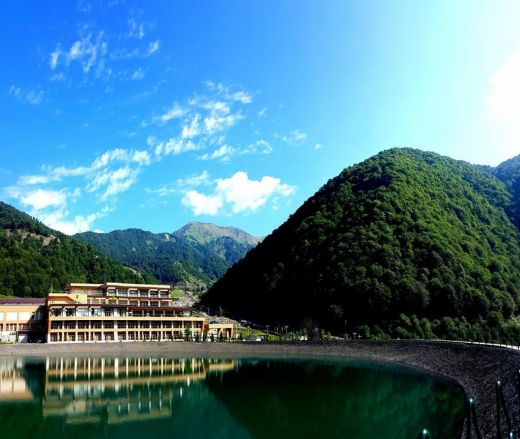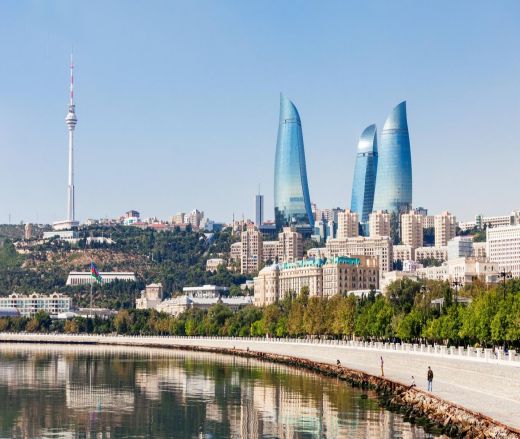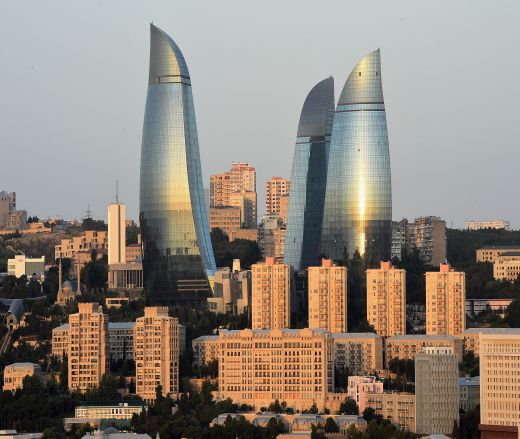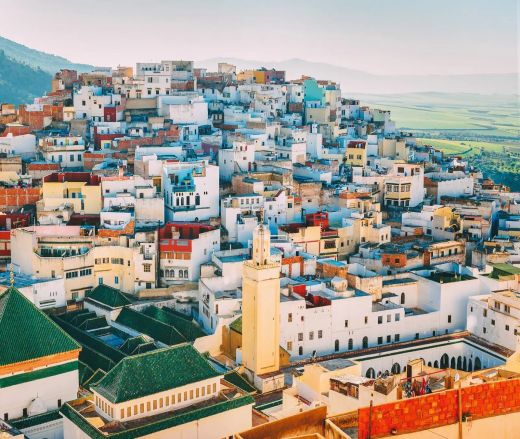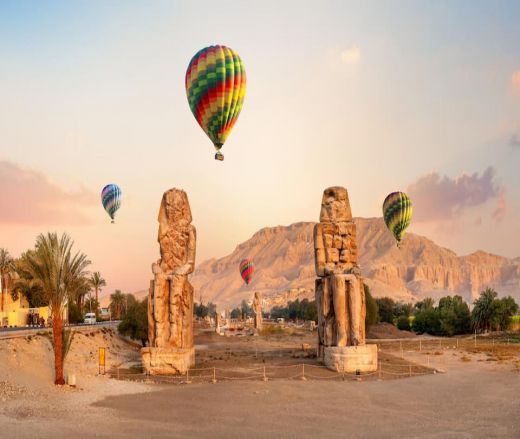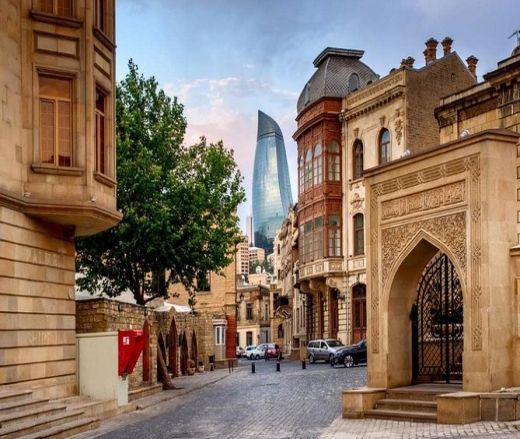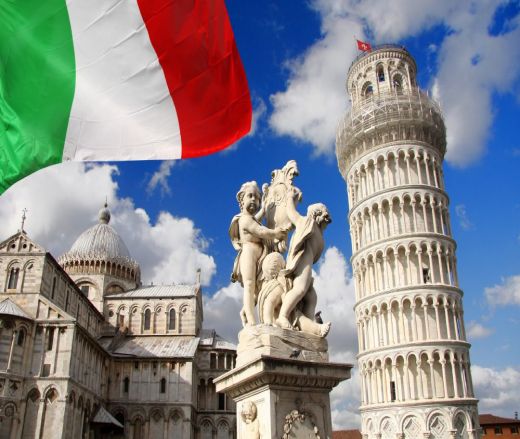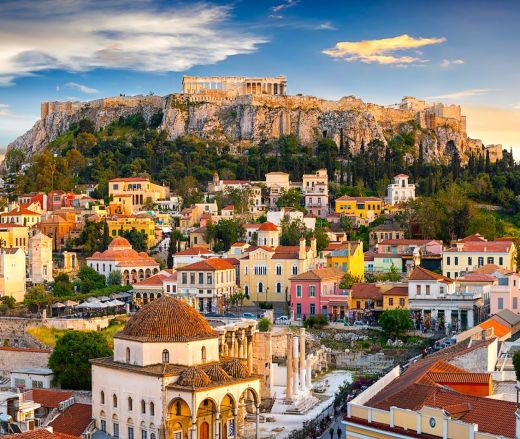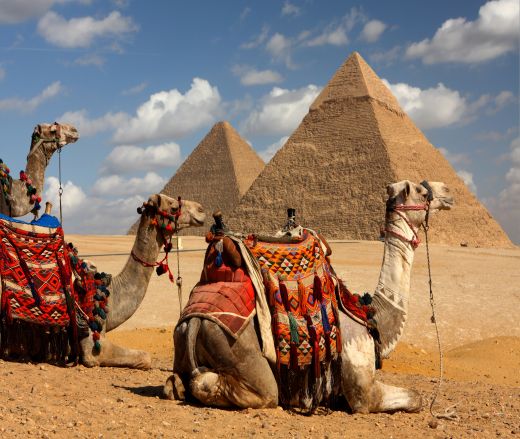Gobustan and mud volcanoes - wonders of Azerbaijan
Gobustan and mud volcanoes - wonders of Azerbaijan
A trip to the mud volcanoes of Azerbaijan is an excellent option for an informative family vacation because in addition to the mud springs there is a complex of caves with ancient rock paintings and traces of the life of the first people.
Gobustan is best known for being the home to the famous rock petroglyphs and mud volcanoes. The area has been settled since the 8th millennium. Gobustan State Reserve is rich in archeological monuments. The reserve has more than 6,000 rock carvings. Which depict people, animals, battle-pieces, ritual dances, bullfights, boats with armed oarsmen. And also warriors with lances in their hands, camel caravans, pictures of sun and stars. On average dating back to 5,000-20,000 years.
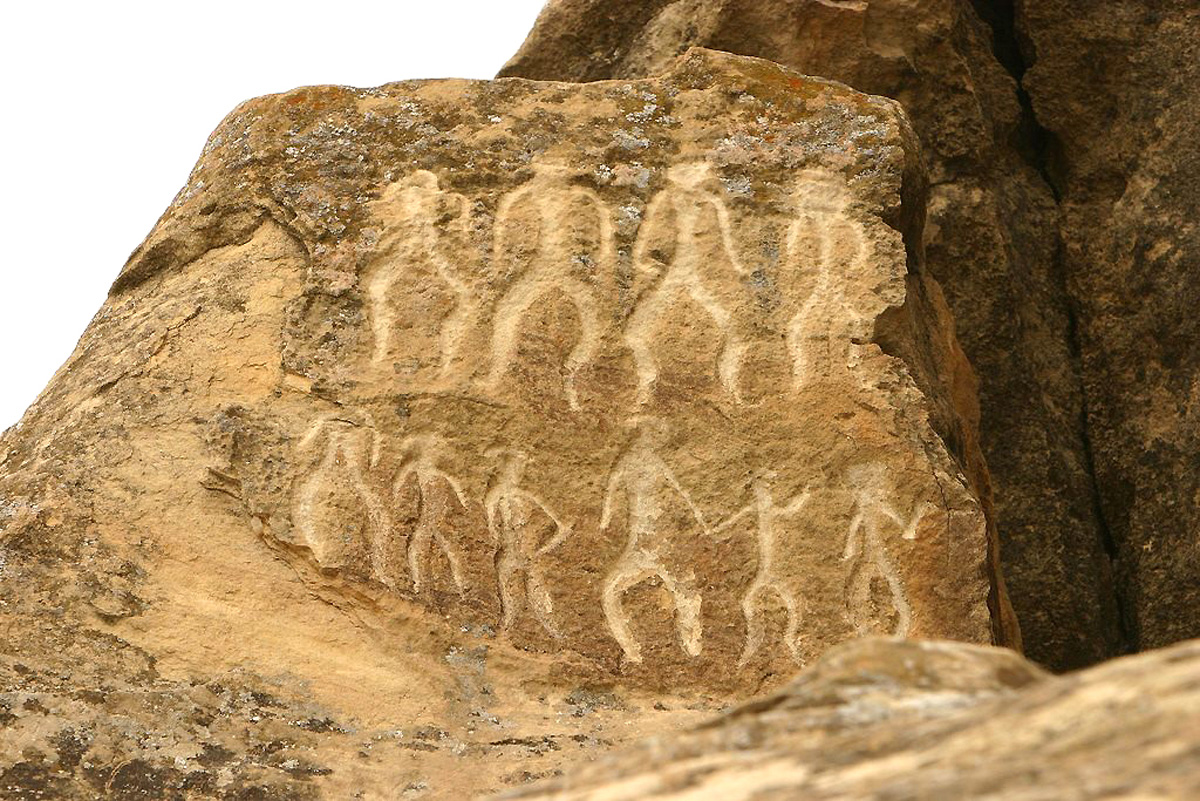
The Norwegian explorer and adventurer Thor Heyerdahl visited this site in Azerbaijan four times between 1981 and 2000. He visited Gobustan and was convinced that some of the carvings were similar to those made by Vikings.
Gobustan State Historical and Cultural Reserve acquired national status in 2006. And were added to the UNESCO World Social Legacy List in 2007.
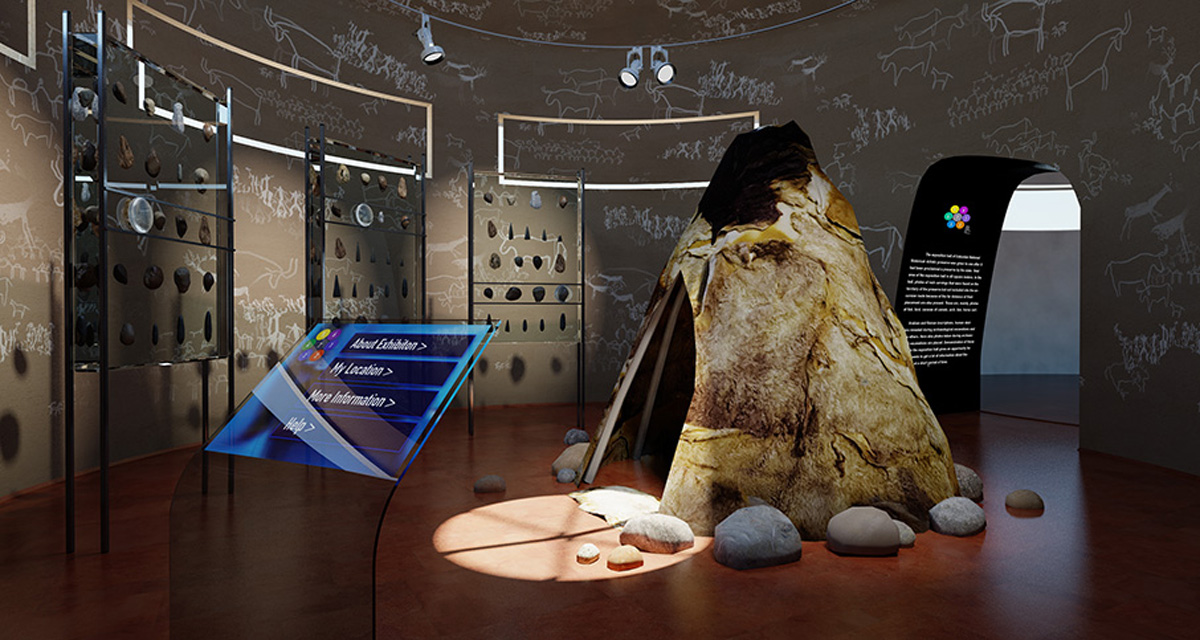
The invading armies of Alexander the Great and Trajan also left some interesting graffiti. The territory of Gobustan is cut up with numerous, sometimes rather deep ravines (in Azerbaijani: gobu). That is a suggested origin of the Gobustan geographical name. This is a national historical landmark of Azerbaijan in an attempt to preserve the ancient carvings, relics, mud volcanoes, and gas stones in the region.
The mountains Boyukdash, Kichikdash, Jingirdag, and the Yazili hill were taken under legal government protection.
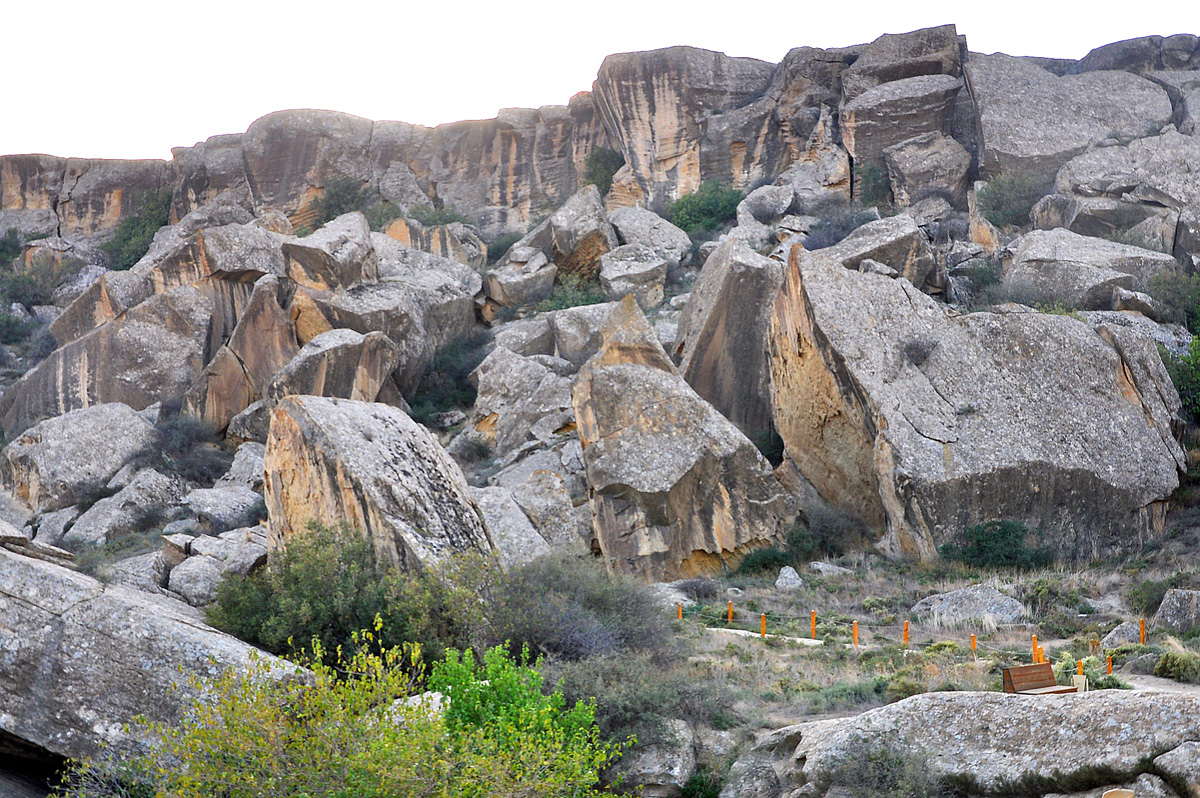
Throughout many centuries under the impact of the sun, wind, seismic activity, and various atmospheric precipitations, blocks of stones broke away from the edges of a vast limestone layer and rolled down the slopes. Here, in the area displaying the fantastic scene of destruction. The huge blocks of stones and rocks chaotically pressed against each other, forming about 20 big and small caves. And the canopies serve as a natural shelter to the inhabitants.
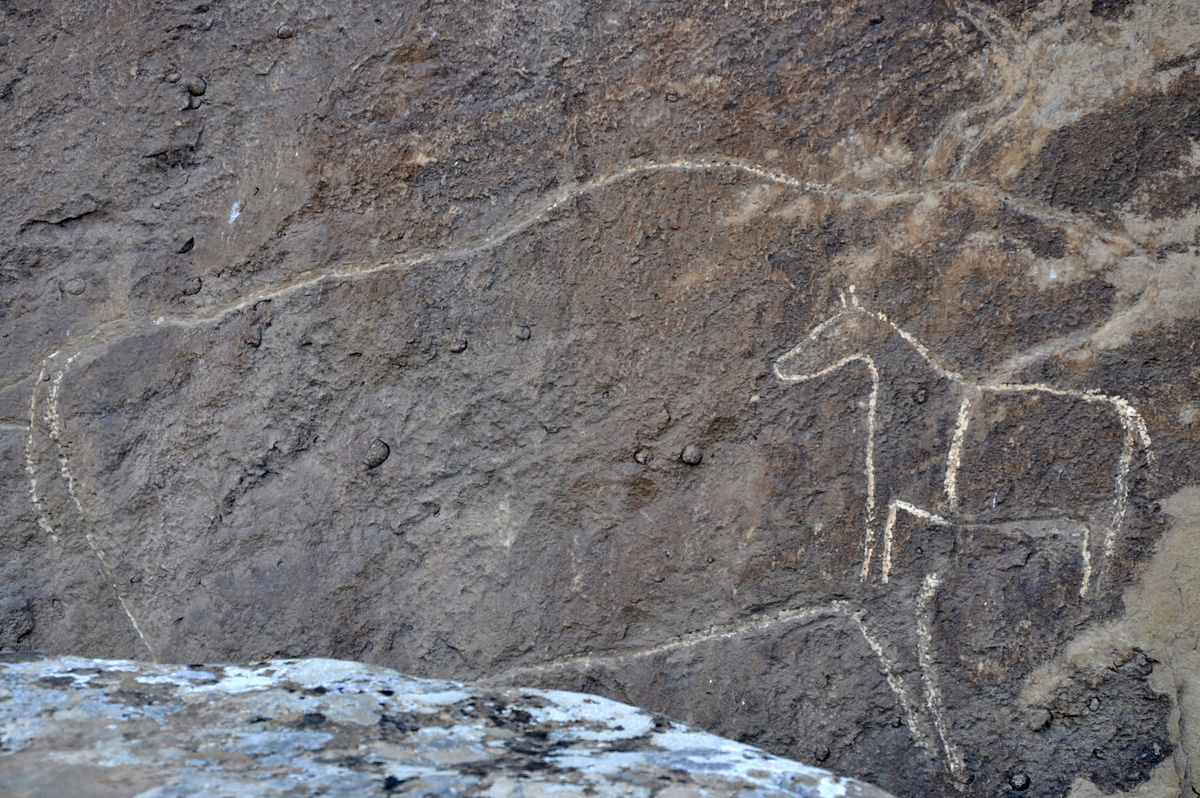
The vegetative world of Qobustan has a character that is common for deserts and semi-deserts. It consists of ephemeris grasses and bushes, wormwood, and similar long-term plants. Among heaps of stones and rocks a wild rose, a dwarfish cherry, Hibernian honeysuckle, a juniper, wild pear, wild fig, wild pomegranate, grapes, and some other kinds of trees and bushes are rather often met decorating the stern landscape.
The fauna of Qobustan has strongly grown poor for the last decades of years. The natural inhabitants of Qobustan now are rare foxes, jackals, wolves, hares and wild cats, mountain chickens, wild pigeons, larks alongside numerous snakes and lizards, and some others.
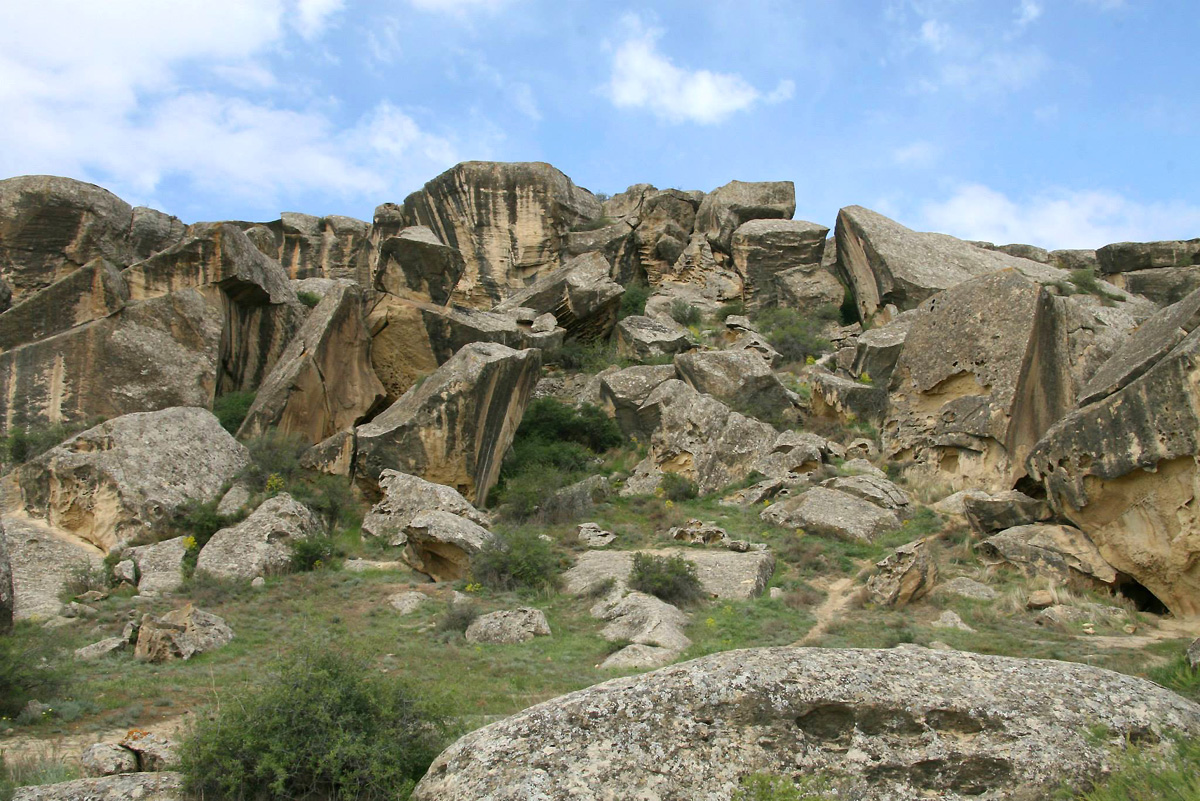
How to get there?
From the Old Town/Maiden's Tower/sea-front road take the number 125 or 127 bus to Bina bus stop, 0.30 manat. Then take the 195 bound for Alat and get off in the town of Qobustan. Total cost: 1.30 manats.
The entry price for the park (includes the museum) is adults 4 manat; foreigners 10 manats, children 0.40 manat, students 1 manat.
Mud volcanoes. Most volcanoes are low mud geysers, including below the height of an adult, looking like gurgling uplands. Mud volcanoes are active year-round. Azerbaijan and its Caspian coastline are home to nearly 400 mud volcanoes, about 43% of all mud volcanoes in the world. More than half the total throughout the world. In 2001, one mud volcano 15 km from Baku made world headlines when it suddenly started ejecting flames 15 m high.
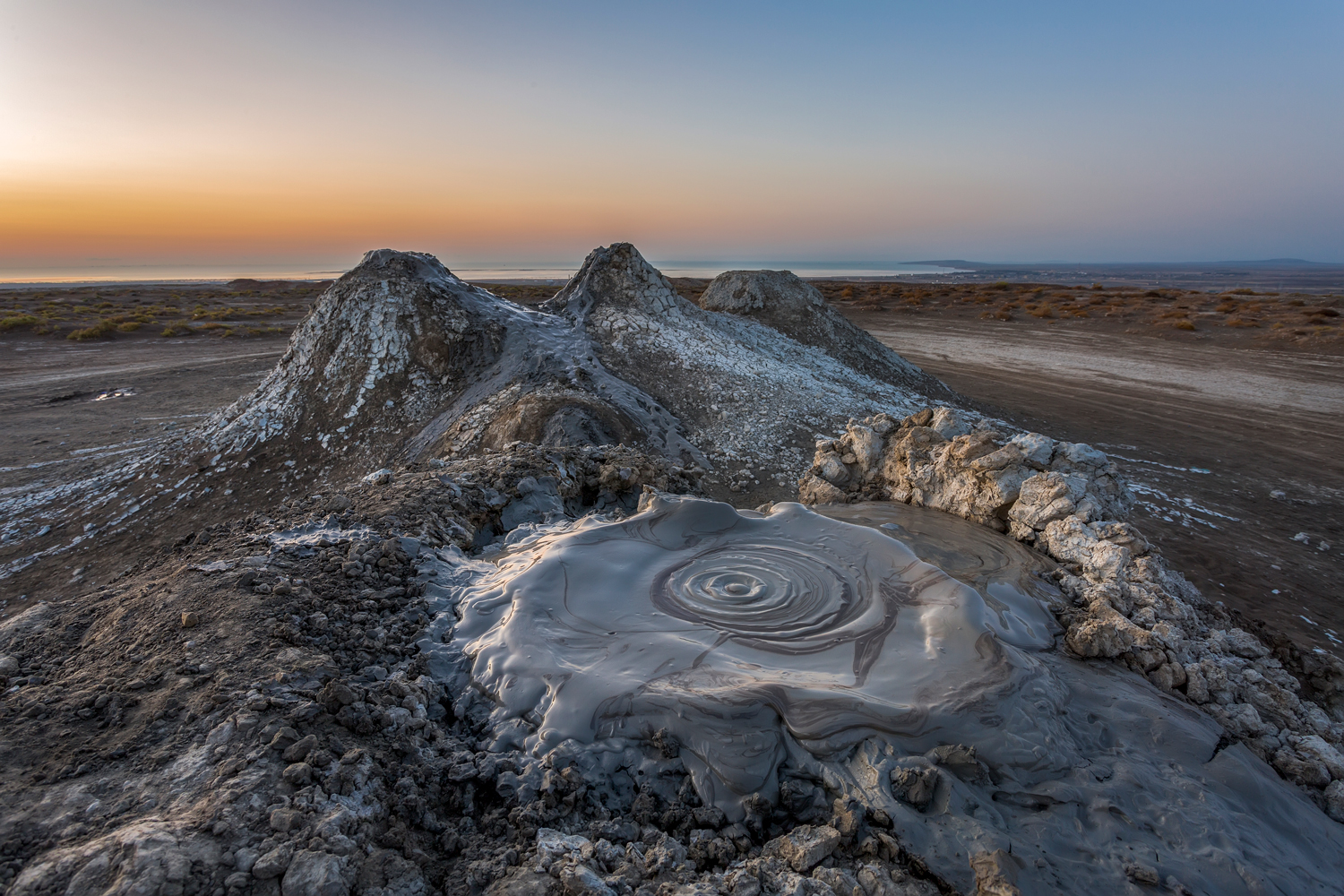
Many geologists, as well as locals and international mud tourists, trek to such places as the Firuz Crater, Qobustan, Salyan. And end up happily covered in mud which is thought to have medicinal qualities.
On average, every twenty years or so, a mud volcano may explode with great force in Qobustan, shooting flames hundreds of meters into the sky, and depositing tonnes of mud on the surrounding area.
A trip to the mud volcanoes of Azerbaijan is an excellent option for an informative family vacation because in addition to the mud springs there is a complex of caves with ancient rock paintings and traces of the life of the first people.
Martian landscapes of the Apsheron Peninsula and rock art.
The tour of Gobustan begins traditionally with volcanoes. And this sight really fascinates! Everywhere you look there is only a gray-white cracked Martian surface with volcanoes of different sizes, some of which look like hills half the height of a human being, and others look like puddles, shining in the sun. In these places, water mixes with mud and oil, creating bizarre natural phenomena.
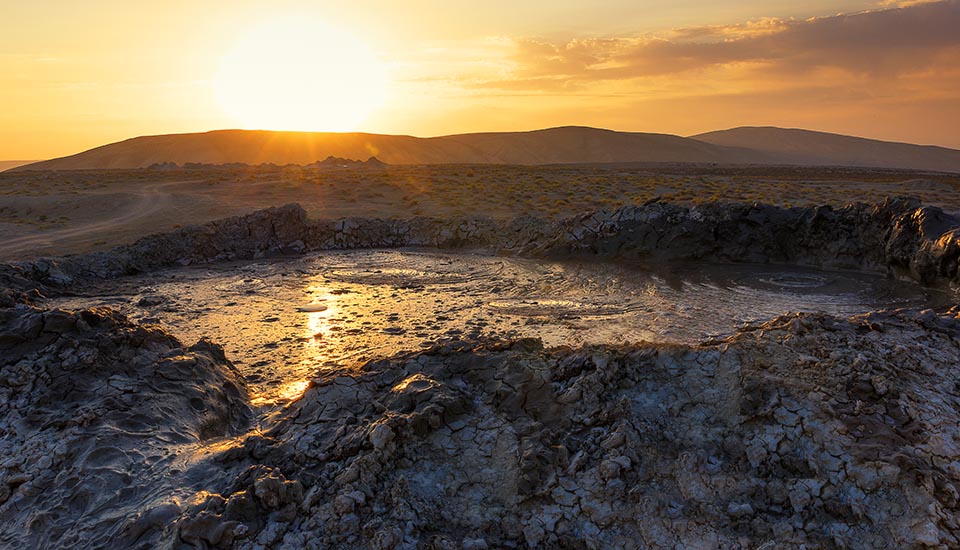
Useful properties of volcanic mud
Since volcanic mud is rich in iodine, boron, bromine, and other useful compounds, it is effectively used to treat certain kinds of diseases. Back in the 1980s, volcanic mud was used in 16 medical institutions in Azerbaijan to treat polyarthritis, radiculitis, hepatitis, and skin diseases. Volcanic mud, which includes 24 kinds of minerals such as copper, iodine, potassium, and magnesium, has also found its application in cosmetology. Volcanic mud, the sale of which is approved by the Ministry of Health of Azerbaijan, is also used in dentistry.
Mud volcanoes are an integral part of ecotourism. Mud volcanoes have the status of natural monuments and are protected by the state.
An interesting fact: the appearance of the Zoroastrian religion in Azerbaijan almost 2,000 years ago is closely connected with these geological phenomena, and Azerbaijan's etymology - Land of the Eternal Fire derives from its Zoroastrian history.
